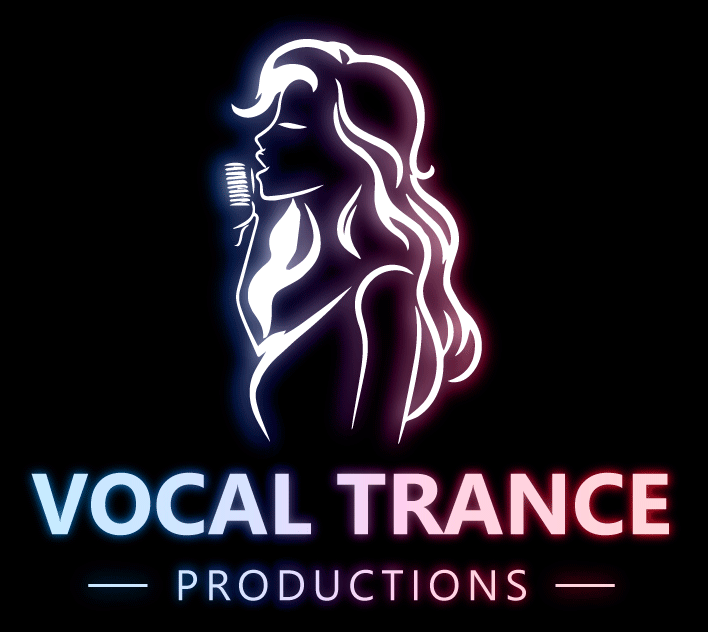
Starting a music label is more than a business venture; it’s a creative expression reflective of personal taste and ambition. I understand the buzz and excitement that comes with launching a dream project, but for now, I’ll focus on the pragmatic steps to build a solid foundation for your music label.
The soul of your label lies in its mission and values. Think about what you stand for and the legacy you want to leave in the music industry. Whether it’s promoting underground genres or creating a platform for local artists, your mission should guide every decision you make.
Next, you’ll want a name and brand that catches attention and embodies your label’s identity. Your label’s name should be memorable and tell a story, resonating with both artists and their audiences. The brand you build – from the logo to the website design – should be a clear representation of your label’s culture and ethos.
Before moving forward, take a hard look at the music industry and your place within it. Who are your competitors? What’s your unique selling proposition? Understanding your market is crucial to position your label for success. Conduct market research and pinpoint exactly who your audience is and what they crave.
With these elements in place, it’s time for a pragmatic touch – your business plan. Lay out your goals, financial projections, and strategies. This step is fundamental; consider it your roadmap, steering every future decision and investment.
And as you dot the i’s and cross the t’s on your business plan, remember that you’re charting a course that requires legal recognition and protections – a bridge to our next topic on the intricacies of establishing and legitimizing your music label.
Legal Matters: Establishing a Legitimate Business
I know; handling legalities can seem daunting, but don’t worry. The effort ensures that your music label stands on rock-solid ground. It starts with registering your business. This might be as a sole proprietorship, a partnership, an LLC, or a corporation. Each structure has its benefits and limitations; choosing depends on personal liability preferences, tax implications, and the scale of operation you envision.
Next up: copyright and licensing. It’s essential you understand these to protect the music your label releases. Know that each country has its rights management organizations, such as ASCAP or BMI in the United States. You’ll need to register the songs your label publishes with these organizations to collect royalties.
Contracts are your safety nets. They should clearly state revenue shares, rights, and obligations for all parties. It’s worth investing in a good entertainment lawyer to draft and review these contracts for you. This minimizes risks and clarifies expectations from the start.
Don’t overlook insurance. Whether it’s covering your equipment or liability insurance for events sponsored by your label, being prepared for unforeseen events can save you from significant financial losses.
Finally, manage finances meticulously. Your label’s success isn’t just about hit records; it’s about smart money management. Track revenues, pay your artists accurately and on time, reinvest wisely, and consider financial planning services to help map out the long term.
Building Your Artist Roster: Talent Acquisition and Management
The artists you choose to work with are the beating heart of your music label. Your ability to spot talent and invest in the right individuals can make or break your business. Imagine for a moment you are me talking to yourself as if you were going to do what I would do. Like a kind of visualisation:
I will approach the complex process of curating a dynamic and aligned artist roster for a new label.
First, I target artists who resonate with the core values and musical direction of my label. I will be attending gigs and events, scouring online platforms, and networking to find those hidden gems whose music I believe in. Once an artist catches my eye, I think about their potential for growth and whether I can support their journey.
Developing artists isn’t just about setting up recording sessions; it’s about nurturing their creative talents and helping them find their unique voice. Therefor I work closely with them to polish their skills and ensure they’re ready for the spotlight. It’s essential for me to build a relationship based on trust and mutual respect, because we’re in this together.
Networking is crucial. I make it my mission to form relationships with industry professionals, other labels, producers, and event organizers. It’s about creating a community around my label that supports and elevates the musicians. You never know where the next opportunity will come from, and being firmly embedded in the music ecosystem is key to uncovering these chances.
Effective artist management calls for a delicate balance of friend and business advisor. I’m transparent with the artists about what we can achieve together and set realistic expectations. It’s about laying out a strategy for releases, live performances, and fan engagement, all while keeping their artistic integrity at the forefront.
With a solid roster in place, seamlessly transitioning into the next phase—distribution and marketing—is vital. This is where the creative efforts get transformed into actual music that reaches listeners’ ears. I’ll share how to utilize various platforms and marketing strategies to ensure your music gets the exposure it deserves and connects with fans, building a lasting audience for your label.
From Creation to Listener: Distributing and Marketing Your Music
Now that you’ve crafted your music label’s vision, navigated the legal landscape, and gathered a talented roster of artists, it’s time for the crucial step of sharing your music with the world. Distribution and marketing are the channels through which your label’s voice is heard and its identity becomes known.
Effective distribution ensures that your artists’ music reaches the intended audience, whether through traditional channels like physical record stores or digital platforms such as streaming services. It’s vital to choose avenues that align with your artists’ genres and fan demographics. Think strategically about whether to partner with a distribution service or to tackle distribution independently.
Marketing, on the other hand, breathes life into your label’s narrative. It’s about storytelling and making authentic connections with listeners. Craft campaigns that reflect your label’s values and the unique essence of your artists. Harness the power of social media to build a community around your label, using engaging content and conversations to convert casual listeners into loyal fans.
Don’t shy away from experimenting with marketing approaches. From attention-grabbing music videos to viral TikTok challenges, there are countless ways to create a buzz in today’s digital sphere. Monitor trends and be open to innovative methods that could set your label apart from the rest.
Last but certainly not least, keep a close eye on feedback and music performance analytics. Today’s data-driven environment offers a treasure trove of insights if you know how to interpret them. Adjust your strategies accordingly; what worked yesterday might not be as effective today. Stay agile and always be prepared to refine your tactics for maximum impact.
Remember, the journey of your music label is a marathon, not a sprint. Building a brand and growing a fanbase takes patience and persistence. Focus on delivering high-quality music and genuine engagements with your audience, and let your passion for music drive every decision. By consistently applying these principles, your music label is well on its way to leaving a lasting mark on the industry.
